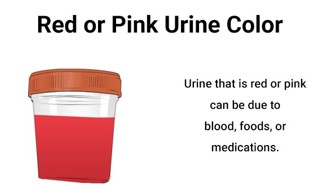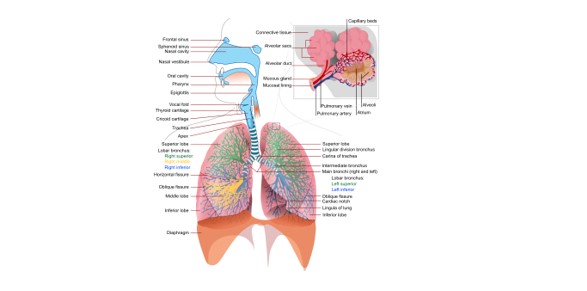A nurse is preparing to administer ophthalmic solution to a client. Which of the following actions should the nurse take?
Ask the client to look down when instilling the solution.
Instil the drops into the superior canthus.
Approach the client’s eye from below it.
Hold the ophthalmic solution 2 cm (3/4 inch) above the lower conjunctival sac.
The Correct Answer is D
When administering ophthalmic drops, the nurse should hold the dropper 2 cm (3/4 inch) above the lower conjunctival sac and instill the prescribed number of drops into the sac. The client should be instructed to look up and away from the dropper while the drops are being instilled.

Nursing Test Bank
Naxlex Comprehensive Predictor Exams
Related Questions
Correct Answer is A
Explanation
Neuromuscular-blocking agents paralyze the muscles, including the respiratory muscles. Therefore, it is crucial to ensure that the patient maintains a patent airway and is able to breathe effectively. The nurse should monitor the patient's respiratory rate, depth, and effort, as well as assess for signs of airway obstruction, such as stridor or wheezing.
Skin assessment for rash (option b), blood pressure assessment for orthostatic hypotension (option c), and assessment for fluid volume overload (option d) may also be important assessments for the nurse to obtain, but they are not the most critical assessments when a patient is being treated with a neuromuscular-blocking agent.

Correct Answer is D
Explanation
The correct answer is choice d. I need to apply a sunscreen when I go outside.
Choice A rationale:
Taking over-the-counter antihistamines with dantrolene is not recommended because both can cause drowsiness and increase the risk of side effects.
Choice B rationale:
Dantrolene should be taken regularly as prescribed, not just when spasms are bad, to maintain consistent therapeutic levels and effectiveness.
Choice C rationale:
Muscle strength improvement with dantrolene may take longer than 2 to 3 days. It typically requires a few weeks to see significant benefits.
Choice D rationale:
Dantrolene can cause photosensitivity, making the skin more sensitive to sunlight. Therefore, applying sunscreen when going outside is important to prevent sunburn.
Whether you are a student looking to ace your exams or a practicing nurse seeking to enhance your expertise , our nursing education contents will empower you with the confidence and competence to make a difference in the lives of patients and become a respected leader in the healthcare field.
Visit Naxlex, invest in your future and unlock endless possibilities with our unparalleled nursing education contents today
Report Wrong Answer on the Current Question
Do you disagree with the answer? If yes, what is your expected answer? Explain.
Kindly be descriptive with the issue you are facing.
